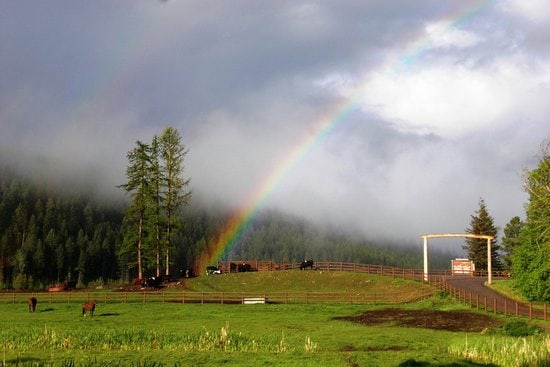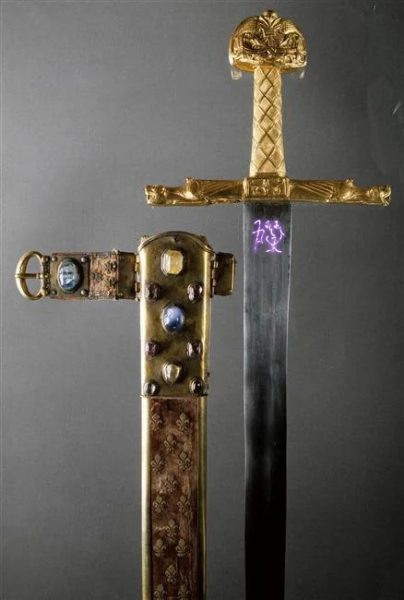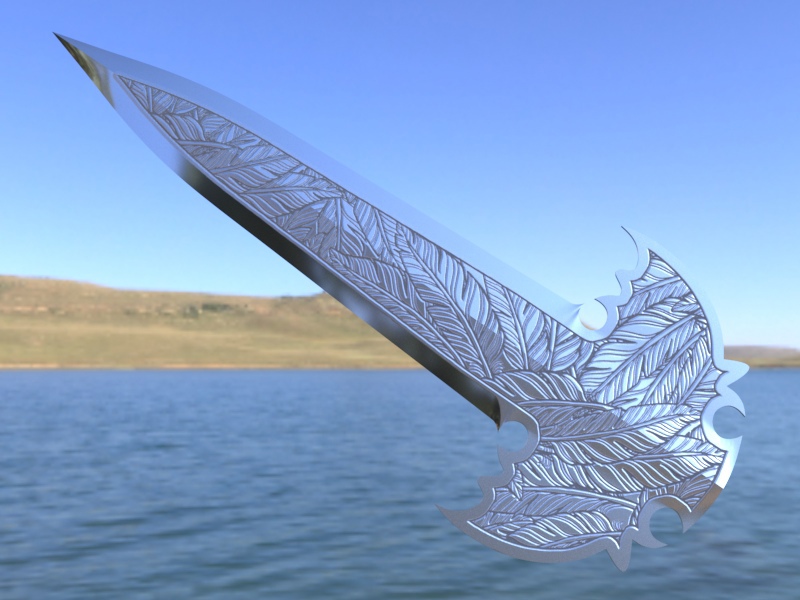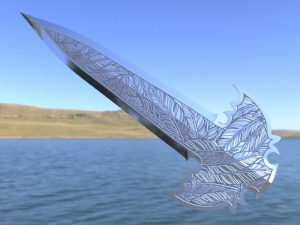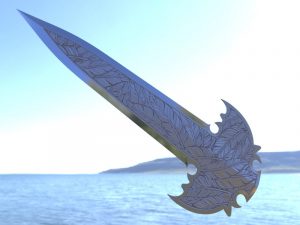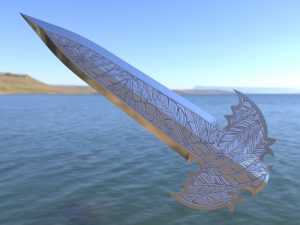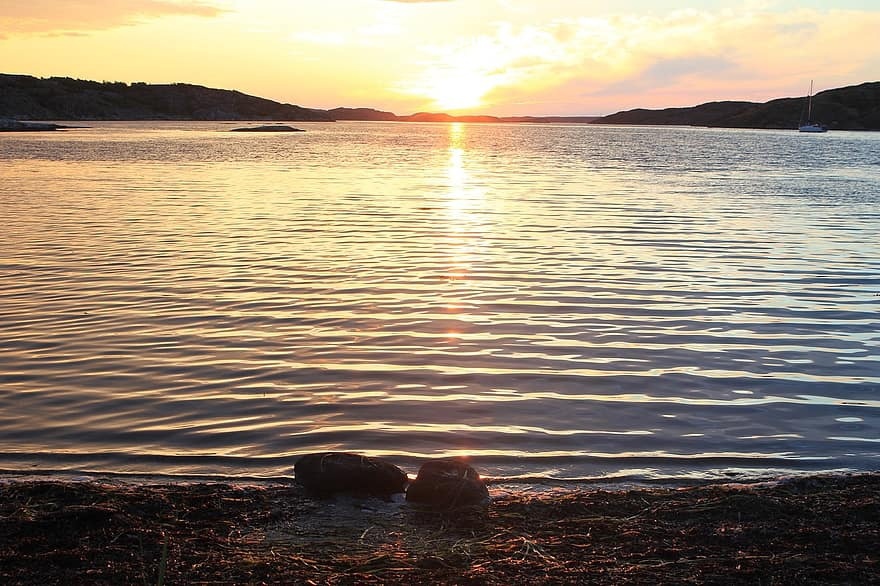We apologize for the long absence, we came to you with ... dragar magic!
To be honest, in their system, the devil himself will break his leg. Therefore, for now, let's start with the most basic (namely, what we ourselves have been able to understand so far), and then we will continue if we figure it out.
Dragar spells are divided into three main spells according to complexity (four according to some classifications) ferxey (approximate translation - "stages; degrees") and some crazy number of derivatives. For now, we will only consider the first one, because
a) tired;
b) the second one is simply huge in itself, so it definitely needs to be considered separately.
Oh, and most of the spells now we will consider the example of the Akedega spells from the "Islands", so do not be too surprised.
So. First ferxeg, a degree, is divided into three and a half digits.
- The simplest spell, consisting of exactly one word. For example, we already love jun - "shield". Clearly, there are a lot of applications for it: how many objects are there that can be protected from, and how many objects are there that need to be protected? That is why such spells are rarely used: if you say “fire” in Dragar, then you can set fire to a fire, or you can burn down a neighbor's barn. And to avoid a catastrophe, you need a very good concentration.
- Two words. The first is the main one, the second describes or refines the first. For example, a spell þun hor - "shield circle" - Akedeg created a domed barrier around the sailors. But then again, the barrier could be from rain, or it could be from hostile magic, right? Therefore, concentration and the inner intention of the caster again play a role here.
- Three words.
- The first is the main thing, the second two clarify or describe the first. Akedeg again: þun ce hor The "Sand/Dust Circle Shield" created a circular barrier around the sailors, protecting them from the sand. I think further comments are unnecessary. And although not, I will add: the same spell can create a round barrier _of_ sand. I won't talk about concentration for the third time.
- The first is the main thing, the second specifies the first, the third specifies the second. Let's leave Akyodega alone, and instead demonstrate this: þun forş ğak "shield fire heat." This is not a “fire shield from heat”, as it would be in paragraph 3.1., but a “shield from hot fire”. These two subcategories are usually separated because the impulses used in them differ too much.
- The first is the main thing, the second two clarify or describe the first. Akedeg again: þun ce hor The "Sand/Dust Circle Shield" created a circular barrier around the sailors, protecting them from the sand. I think further comments are unnecessary. And although not, I will add: the same spell can create a round barrier _of_ sand. I won't talk about concentration for the third time.
Motives, right? Another not fully understood term. From what we've been able to figure out, it's some specific kind of thought structure used in a spell, but... what is a thought structure?
In general, let's stop there for now. If we find simple and understandable explanations, we will immediately provide them. In the meantime, just believe that such things exist, and they work =D


